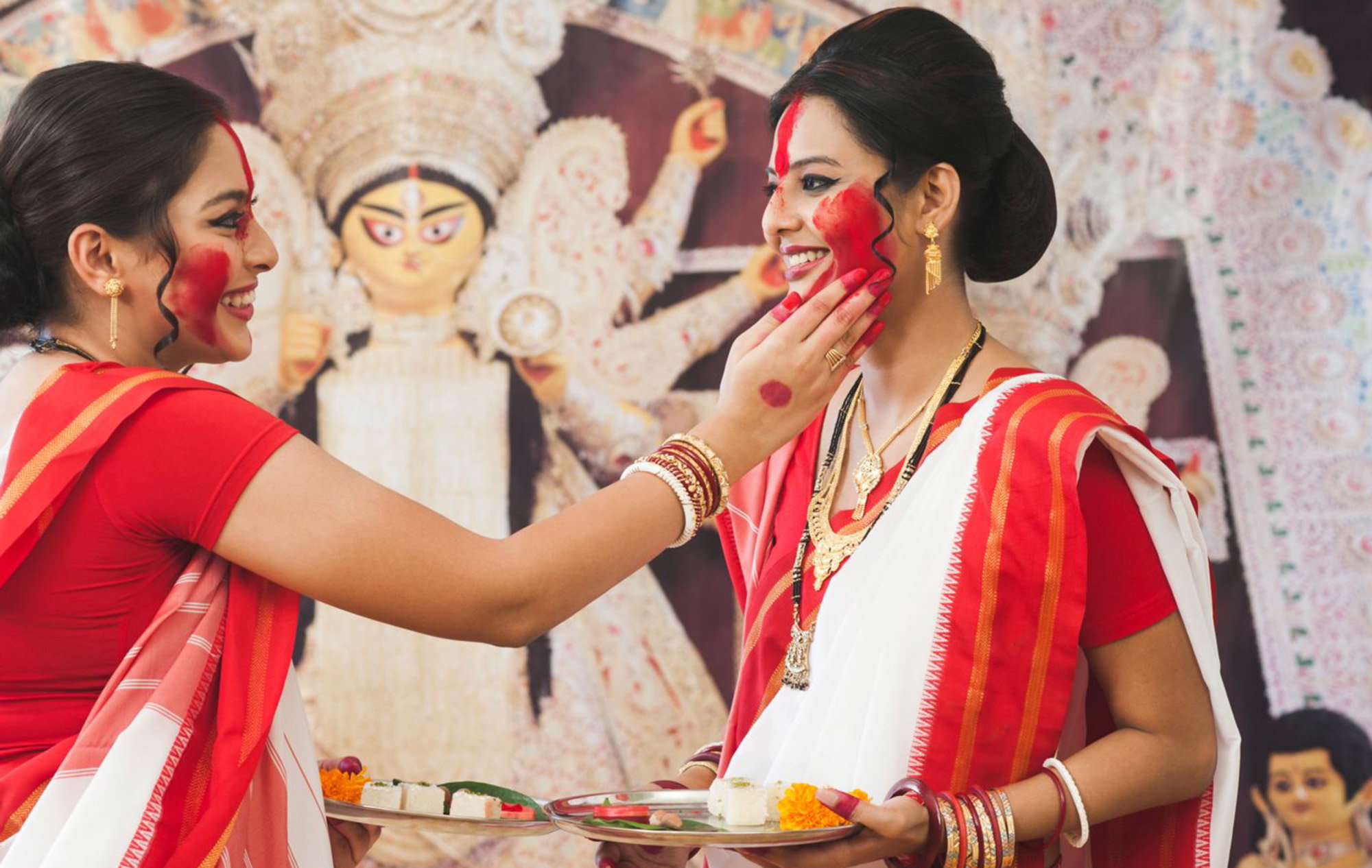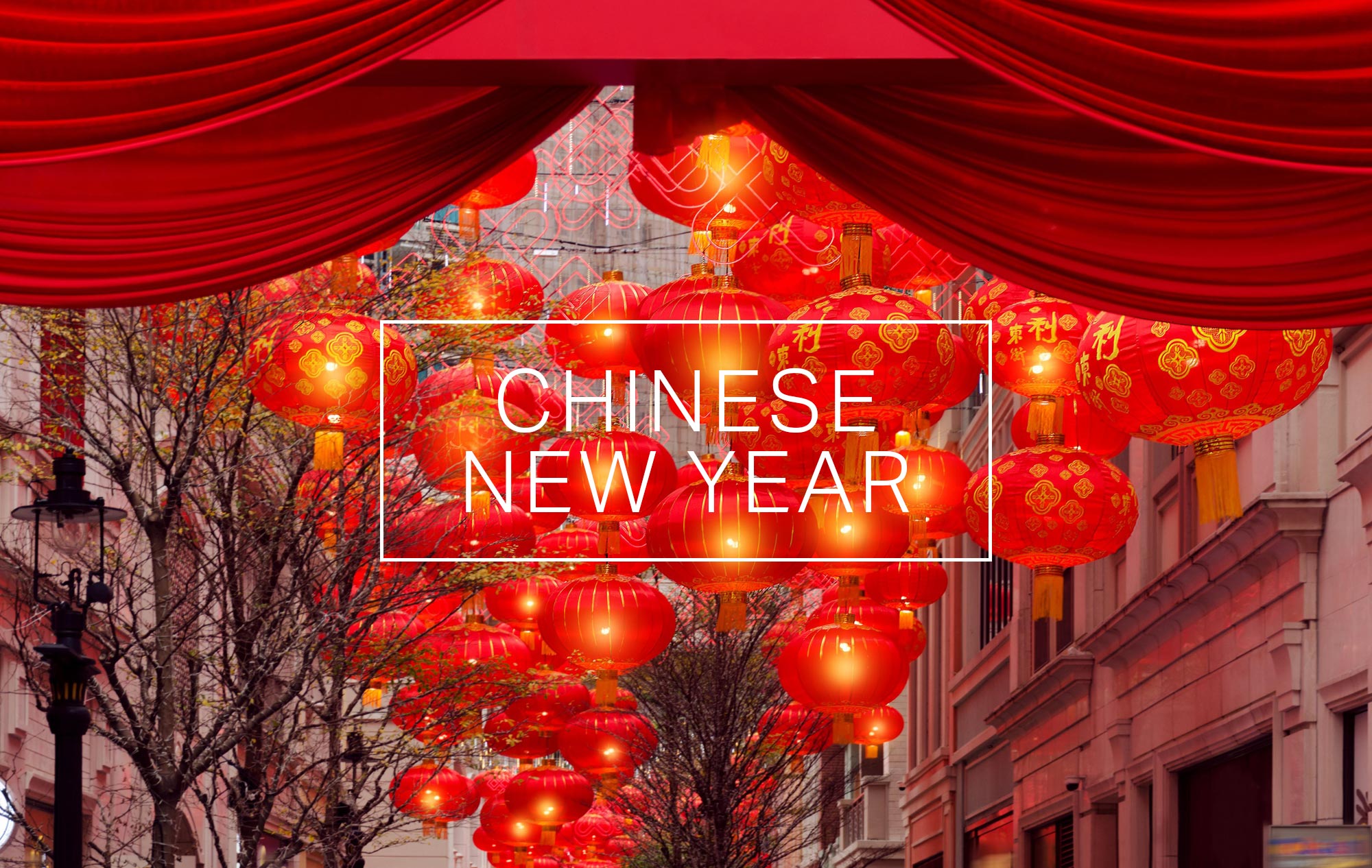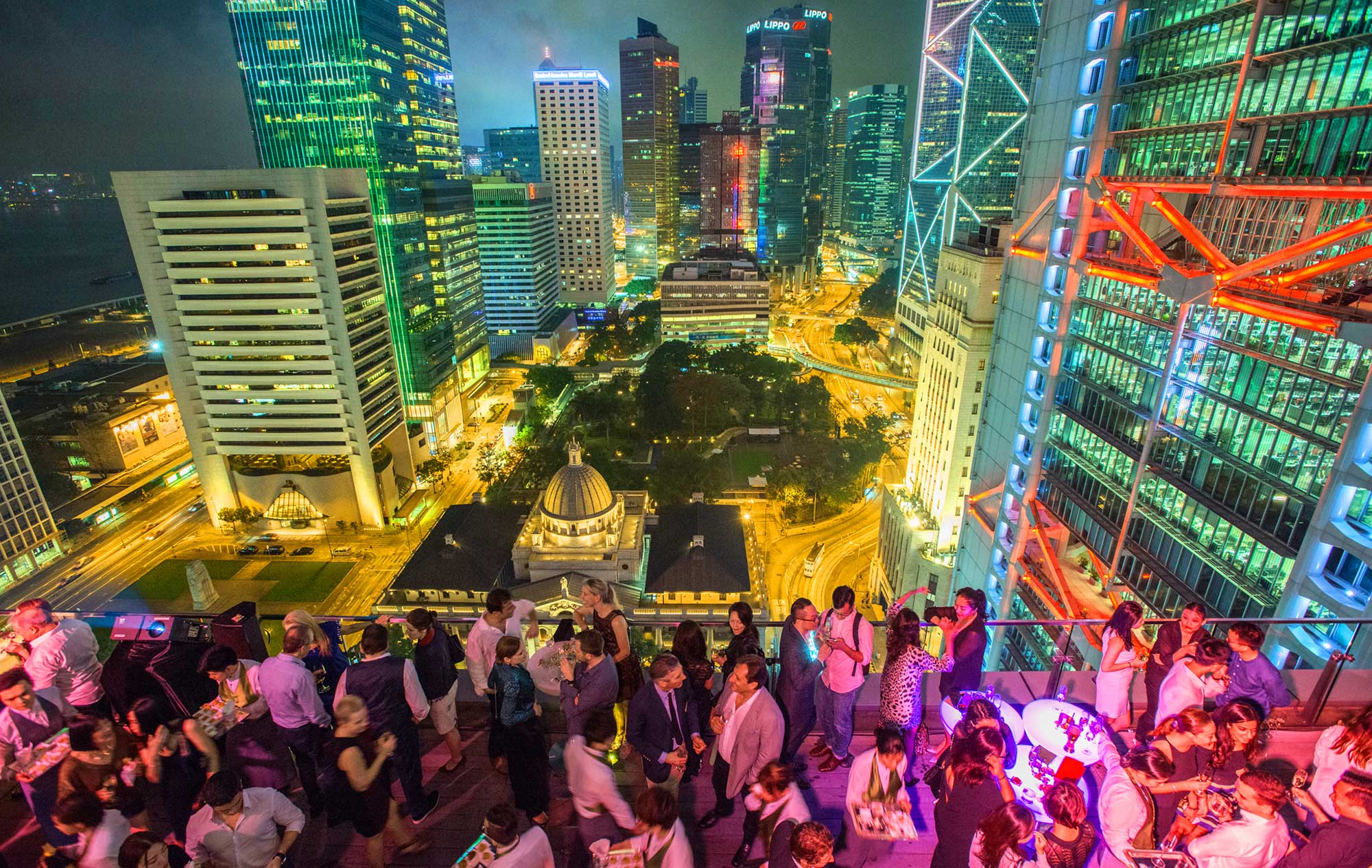Durga Puja is an annual Hindu festival, and much more. It’s a celebrated social and cultural multiday event that transforms Kolkata, the capital of West Bengal, into an open-air art gallery of richly imagined pandals cast with canvas and bamboo. These temporary structures house the idols of Maa Durga and her children and often feature Art Deco-inspired interiors. Pandal-hopping is the thing to do, with typical concentrations in Gariahat in South Kolkata, College Street in Central Kolkata and Baghbazar in North Kolkata.

In the midst of these neighbourhoods, sometimes directly across the street from a pandal, you’ll also find about 80 aristocratic households (or ‘bonedi bari’ as they are called in Bengali) that continue the orthodox ways of worship. They perceive Mother Goddess as a daughter who returns home every autumn after defeating an evil shape-shifting demon – and the five-day celebrations are marked by recitations of holy scriptures that eulogise the goddess as well as ritualistic dances and grand feasts.
As a result, Durga’s imagined homecoming becomes a real annual reunion of friends and family. Most of these houses also welcome visitors curious to glimpse the rituals of the centuries-old puja. If you’re polite and modestly dressed, you will likely be greeted and allowed into the courtyard, which leads to an open hall of worship known as the thakurdalan, around which the festivities are centred. (The inner quarters of these sprawling mansions lie beyond it, so you’re not encroaching on the owners’ privacy.)

Prominent houses include Sovabazar Rajbari, Babu Khelat Ghosh Bari Puja at Pathuriaghata, Rani Rashmoni Bari Puja at Janbazar and Dawn Bari at Jorasanko. Intrepid visitors can plot their own DIY tour (using this Google map, for instance), but there are also local operators that organise guided tours, whether by foot with Heritage Walk Calcutta or by bus and tram with the West Bengal Transport Corporation.
Within the thakuradalan, look for the idols placed on an elevated platform with an ornate semi-circular backdrop called the chalchitra. The sculpting of these idols begins in early-mid September, at the end of the monsoon season; it’s a meticulous process that takes a few weeks and happens in situ. The clay statues are usually crafted by the same artisan who has been at the job for many decades, a legacy passed on to him by his father.

Such enduring creativity helped inspire India to officially nominate Durga Puja as a 2020 addition to Unesco’s list of Intangible Cultural Heritage. “Kolkata’s Durga Puja has developed a special artistic profile, which no other festival has with modern artists and designers coming together to produce a new urban art. This gives it a unique dimension,” said Professor Tapati Guha Thakuta who led a research team in preparing the nomination.
Beyond pandals and idols, there is plenty of ritual and symbolism to mark the five-day festival. Around 6am on the second day (Maha Saptami), for instance, the leaves of nine plants are elaborately bathed along the quays that line the River Ganga on the western flank of Kolkata. The third day (Maha Ashtami) was once a time for animal sacrifice, now replaced by the symbolic sacrifice of vegetables or, in some cases, of curious sugar structures.

Another important ritual is the deifying of an adolescent girl who is worshipped alongside the powerful Maa Durga. A spectacular ceremony practised on Maha Ashtami mornings in some of the old merchant families calls for the women of the family to pray with clay bowls filled with burning frankincense in their hands and on their heads while facing the goddess.
The crescendo of Durga Puja’s carnival spirit reaches its climax on the final day – Vijaya Dashami – when gala processions head towards the River Ganga for the immersion of the idols in its holy waters. In anticipation, women smear red vermilion powder on the face of Maa Durga with a whispering note of farewell and a prayer for the return of the goddess next year.
Plan your visit for next year when Durga Puja will be celebrated 22-26 October 2020














